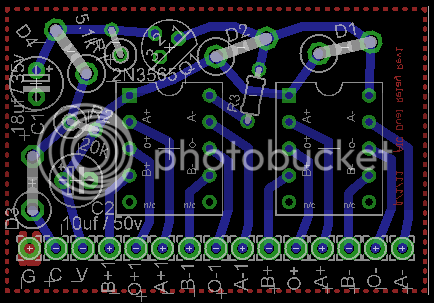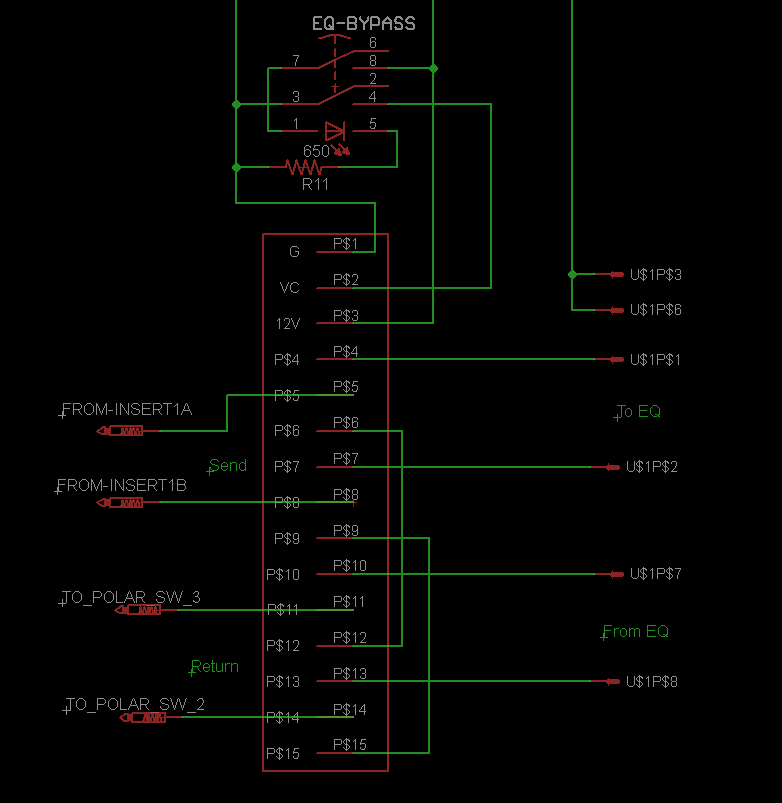One more thing boji.
There is a rounder sound going through the channel amps and transformers. That can get murky on some inputs. A lot of the times today I use the Preamp out on the Patchbay. Direct to the recorder input, (protools) for a cleaner or natural sound. Usually I use preamp out on vocals and Acoustic instruments excluding drums which I like the fatness of the low end from the Transformers or what ever the extra circuitry does.
My point is If you have a patch point for the mic pre out and thats all you need, you may not need the relay/switch. Just patch the preamp direct.
Ive also thought about building an input to the main API mix bus for Protools out. so as to use the outputs from the 192 I/0 straight into a passive interface to the main mix bus, avoiding all channel amps and having the input channels open for using on other things like my Analog Recorder or mic pres to send to tape for tracking. This becomes a simple passive summer with the least amount of signal processing for a Dangerous Summing type of circuit. That's for when you want passive summing and in the box mixing.
There is a rounder sound going through the channel amps and transformers. That can get murky on some inputs. A lot of the times today I use the Preamp out on the Patchbay. Direct to the recorder input, (protools) for a cleaner or natural sound. Usually I use preamp out on vocals and Acoustic instruments excluding drums which I like the fatness of the low end from the Transformers or what ever the extra circuitry does.
My point is If you have a patch point for the mic pre out and thats all you need, you may not need the relay/switch. Just patch the preamp direct.
Ive also thought about building an input to the main API mix bus for Protools out. so as to use the outputs from the 192 I/0 straight into a passive interface to the main mix bus, avoiding all channel amps and having the input channels open for using on other things like my Analog Recorder or mic pres to send to tape for tracking. This becomes a simple passive summer with the least amount of signal processing for a Dangerous Summing type of circuit. That's for when you want passive summing and in the box mixing.





